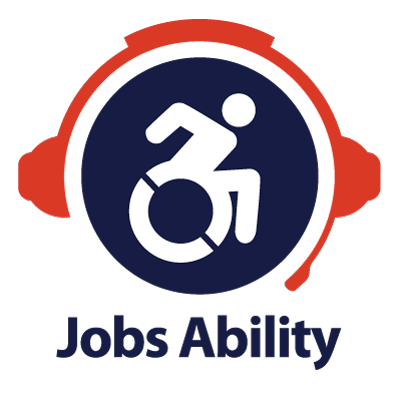John Hudson Internship Program Now Accepting Applications
March 4, 2016Morning Joe, Ron Fournier and a Great Memoir – Love That Boy
April 13, 2016By Chris Clark, WAB
John Robinson’s message to the Western Academy of Beijing international school community was simple and inspiring: “Often times in life the best opportunities we have come from the biggest challenges we face.”
John visited WAB as part of the Distinguished Speaker Series and spent a day working with students in the Elementary, Middle and High Schools.
Born a congenital amputee, not much came easy – even the most basic of daily activities, such as getting dressed, driving a car, or writing. But John’s life has been defined by his determination to accomplish tasks large and small, and he is using his own experiences to inspire people with disabilities worldwide to find employment and pursue education.
“Life is all about the obstacles we face,” John said to a group of WAB students, parents and staff. “How we face those obstacles makes us better people and inspires us to move forward.”
John began his presentation Monday evening talking about a practice that each of us go through each day: Before people leave home in the morning and you’re looking in the mirror, John pointed out, many are actually looking for what’s wrong with themselves. “But if instead of starting our day off with a negative thought,” John said, “if we looked in the mirror and thought about how capable we are, and what we have to offer to other people, imagine what we could accomplish.” (Watch his full presentation on TigerTube here)
John was born a congenital amputee, meaning he was born missing limbs. He approached the challenges with which he was born with an attitude of gratitude and determination, which led him to help others in the ways he does today.
 In 2010, John founded Our Ability, an organization dedicated to making employment more accessible to people with disabilities. He helps people and companies realize what they can achieve together. His work earned him the title of White House Champion for Change in 2014.
In 2010, John founded Our Ability, an organization dedicated to making employment more accessible to people with disabilities. He helps people and companies realize what they can achieve together. His work earned him the title of White House Champion for Change in 2014.
For many born with disabilities, mainstream sports heroes and celebrities are not inspiring, and John recognized early in his life that he did not have a role model. But he wanted to change that for future generations of young people. That was one major motivation for John to begin sharing his story. He published his inspiring autobiography Get off Your Knees to reach people with his experiences. Every summer, John rides 350 miles along the Erie Canal to help raise awareness of issues people with disabilities face. And those accomplishments in his life have helped connect people with disabilities to others who can inspire, motivate and help them achieve more.
“We do this not for ourselves, but because there is a story to tell,” he said. “There is a wonderful person inside the person you see in the mirror in the morning. Is it an obstacle that you choose to look at me differently or is it an opportunity to help you understand people like me?”
John does not allow the challenges of his life to define him – even if his disability is what some people notice when they first meet him or pass him on the street. Instead, John lets his accomplishments and the accomplishments of people like him inspire others to achieve their goals.
“All of our lives are a series of obstacles you have to overcome, and I am no different,” John explained to WAB Middle School students. “Whatever stands in all of our way – whether it be in our mind or a physical barrier – we have to work hard and be determined to deal with and overcome challenges.”
To see photos from John Robinson’s visit, head over to the MyWAB Community Portal’s Media page.

